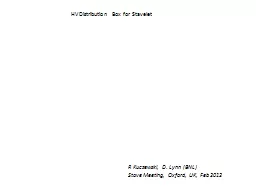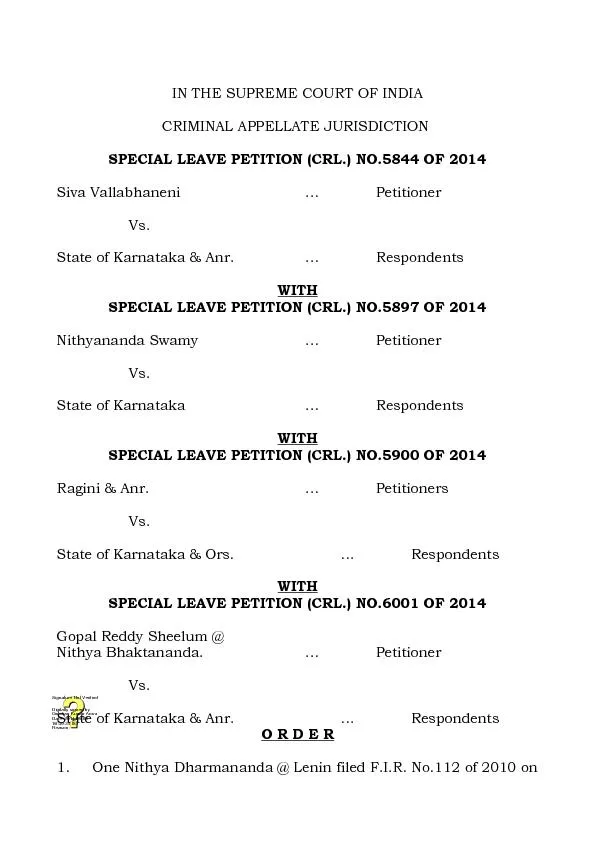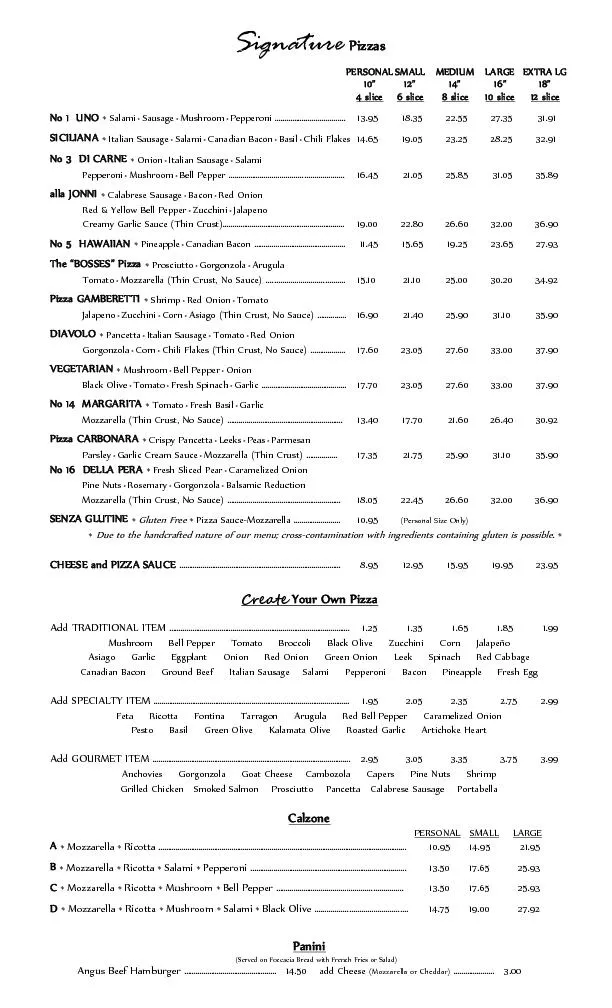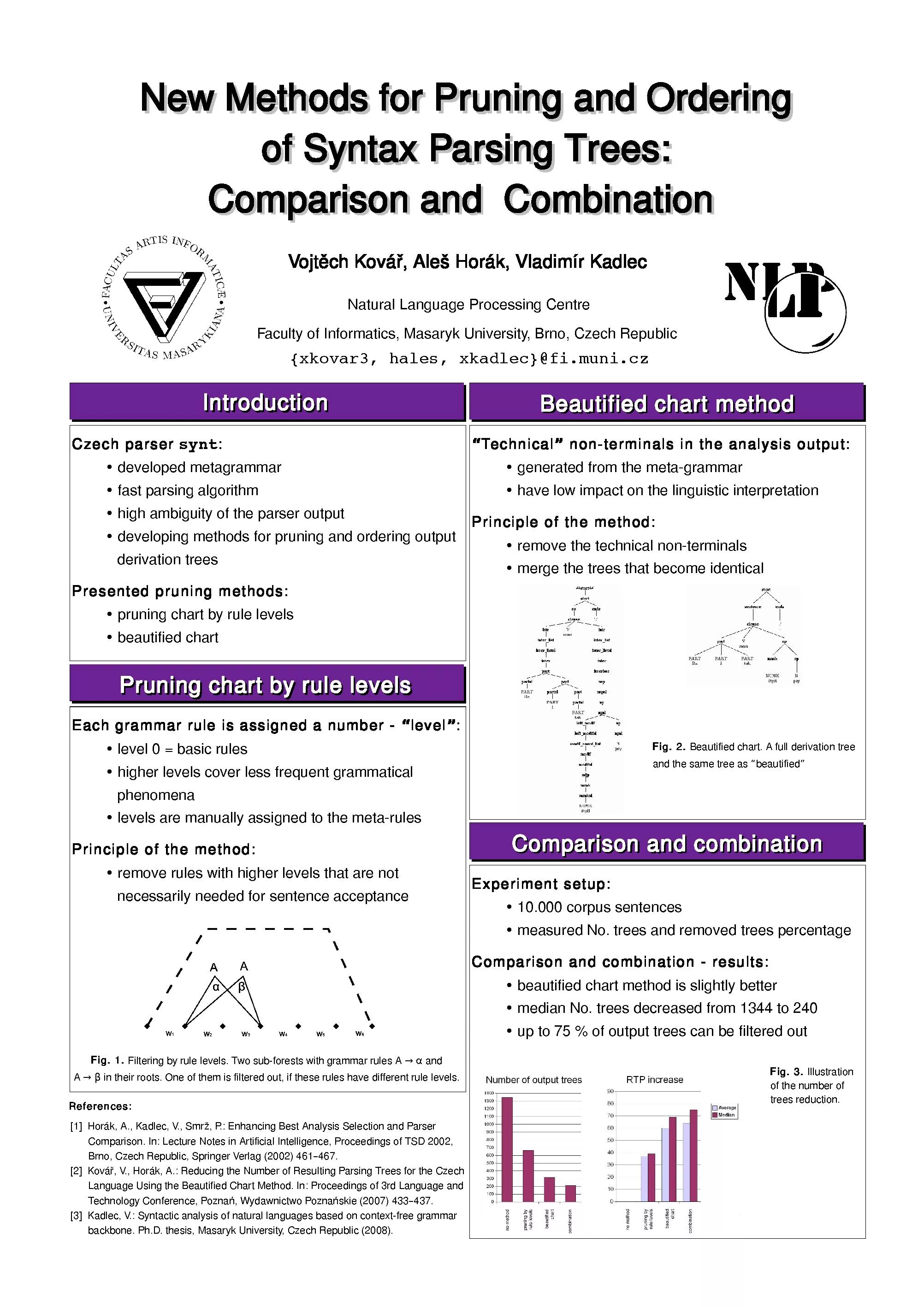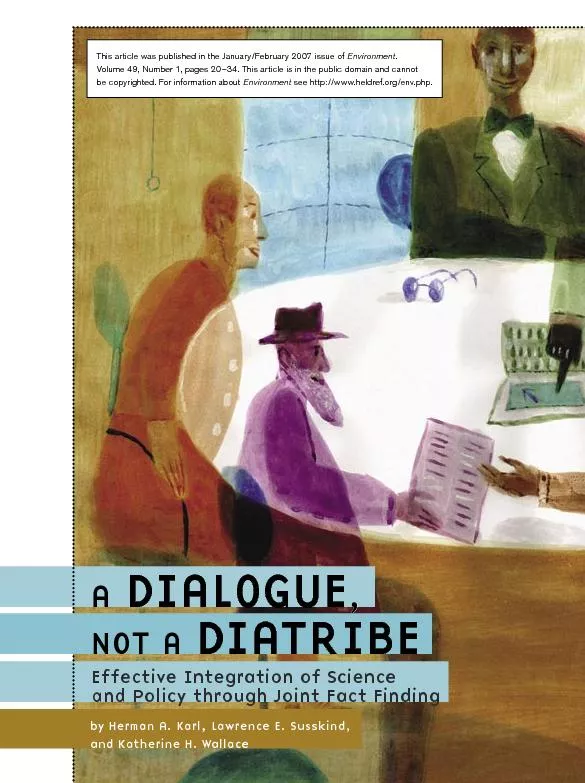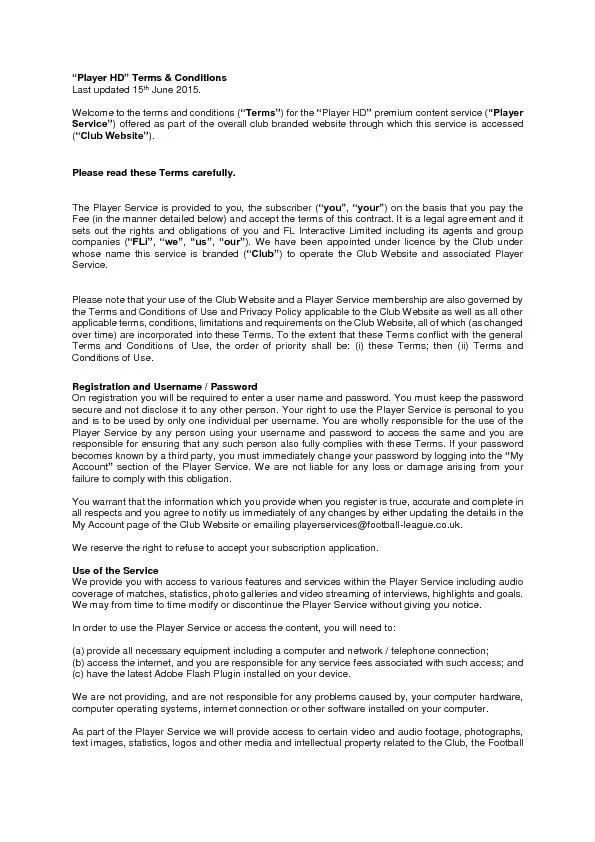PDF-“You Want to Irradiate What?”
Author : myesha-ticknor | Published Date : 2016-06-17
Why Biologists Should Come to Love Their Dosimetrists Christopher R Lissner PhD Scientific Director AFRRIUSU Opinions expressed are these of the speaker and do not
Presentation Embed Code
Download Presentation
Download Presentation The PPT/PDF document "“You Want to Irradiate What? ..." is the property of its rightful owner. Permission is granted to download and print the materials on this website for personal, non-commercial use only, and to display it on your personal computer provided you do not modify the materials and that you retain all copyright notices contained in the materials. By downloading content from our website, you accept the terms of this agreement.
“You Want to Irradiate What?”: Transcript
Download Rules Of Document
"“You Want to Irradiate What?”"The content belongs to its owner. You may download and print it for personal use, without modification, and keep all copyright notices. By downloading, you agree to these terms.
Related Documents







